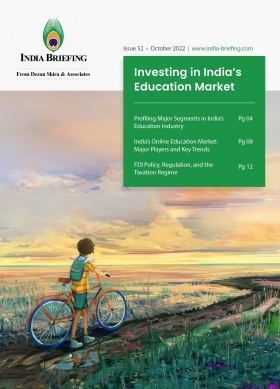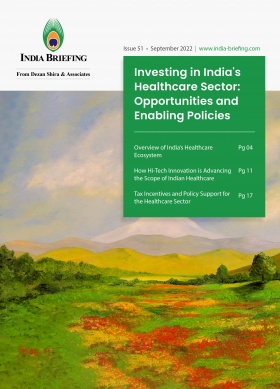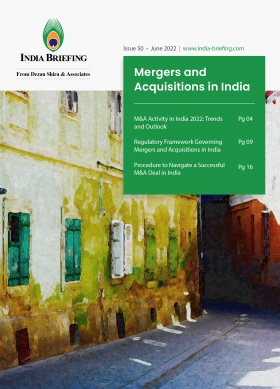India, Bangladesh Consider Trade Settlement in Rupee; To Begin CEPA Talks Soon
In order to increase economic prospects and give a boost to bilateral trade, India and Bangladesh have decided to start talks towards finalizing a free trade agreement (FTA) between the two nations. Moreover, given the decline in Bangladesh’s foreign exchange reserves and the ensuing depreciation of its currency (taka), both nations are also thinking of settling trade in Indian rupees.
On December 22, 2022, India and Bangladesh agreed to start negotiations for a free trade agreement (FTA) at the earliest, with an aim to boost two-way commerce and investments between both countries.
During a bilateral ministerial meet in New Delhi, Federal Minister of Commerce and Industry Piyush Goyal and his Bangladeshi counterpart Tipu Munshi also discussed the settlement of trade in Indian rupees, a mechanism a means of using rupees instead of dollars and other big currencies for international transactions. This development comes in the wake of an ongoing dollar crunch in Bangladesh, leading to a dip in the country’s foreign exchange reserves and the consequent weakening of Bangladesh’s currency (taka).
Ongoing discussion on easing barriers to trade
Among other issues, the two countries also deliberated on issues like the removal of non-tariff barriers and port restrictions, the re-opening of border haats (local trading posts), harmonization and mutual recognition of standards and procedures on both sides, strengthening connectivity and trade infrastructure, etc.
India-Bangladesh FTA to boost economic opportunities on both sides
Earlier, India and Bangladesh had commissioned a joint feasibility study on a Comprehensive Economic Partnership Agreement (CEPA). The study indicated that CEPA would provide a sound basis for substantial enhancement of trade and commercial partnerships between the two countries. As a result, both countries have agreed to start FTA negotiations at the earliest.
The agreement is expected to significantly reduce or eliminate customs duties on the maximum number of goods traded between India and Bangladesh. Besides, it will also likely ease the norms for promoting trade in services and attracting investments. In addition, the partnership would establish reliable and sustainable regional value chains (RVCs).
Bangladesh emerges as India’s largest trading partner in South Asia
It should be noted that Bangladesh is India’s largest South Asian trade partner, and India is Bangladesh’s second-largest trade partner, accounting for 12 percent of total trade.The bilateral trade between India and Bangladesh increased to US$18.2 billion (US$16.2 billion in exports and US$2 billion in imports) in FY 2022 as against US$10.8 billion in FY 2021.
India negotiating international trade settlements in rupees with various countries
This rupee trading mechanism was established by the Reserve Bank of India (RBI) in July 2022, and Russia has already made use of it as a result of sanctions imposed on Moscow as a result of the conflict in the Ukraine. According to a formal document that Reuters was able to access, the RBI has authorised banks to open 12 vostro accounts for the exchange of rupees with Russia. Six additional vostro accounts have also been authorised, including five for trade with Sri Lanka and one for commerce with Mauritius.
In addition, recent media reports claim that nations like Sudan, Tajikistan, Cuba, the UAE, Africa, and the Luxembourg have started discussing the mechanism with India. The UAE and India have already begun discussing the framework.
Related Reading
- Starting a Business in Bangladesh: Common Legal Entity Options
- Mega Development Projects in Bangladesh: Key Objectives and Stakeholders
- A Tax Primer for Foreign Investors in Bangladesh: Incentives, TP, DTAs, Repatriation
About Us
India Briefing is produced by Dezan Shira & Associates. The firm assists foreign investors throughout Asia from offices across the world, including in Delhi and Mumbai. Readers may write to india@dezshira.com for more support on doing business in in India.
We also maintain offices or have alliance partners assisting foreign investors in Indonesia, Singapore, Vietnam, Philippines, Malaysia, Thailand, Italy, Germany, and the United States, in addition to practices in Bangladesh and Russia.
- Previous Article Electric Vehicle Industry in India: Why Foreign Investors Should Pay Attention
- Next Article India-EU FTA Top Priority for Sweden During its EU Presidency








